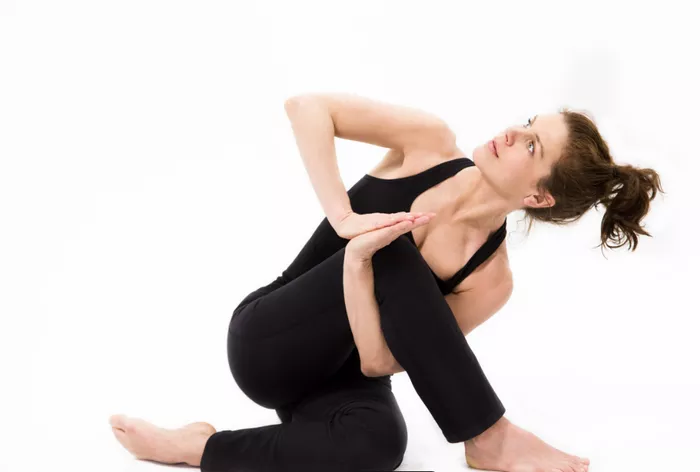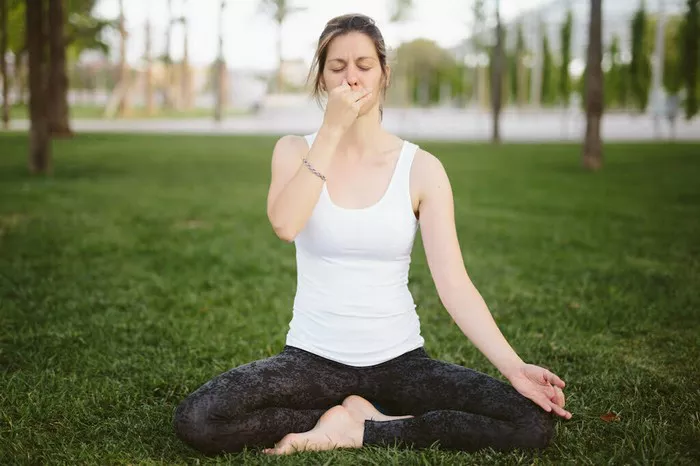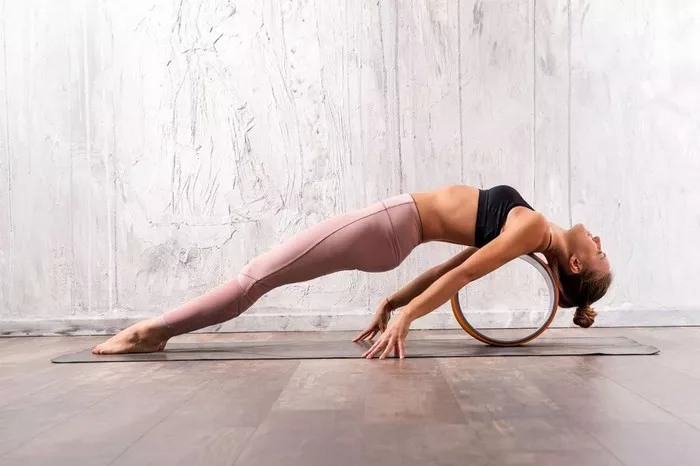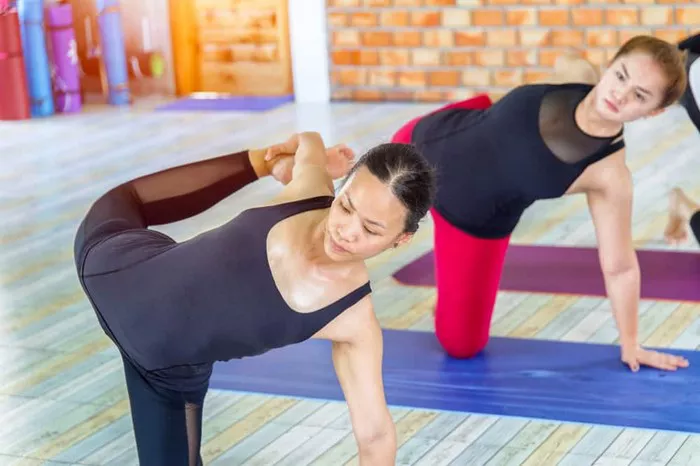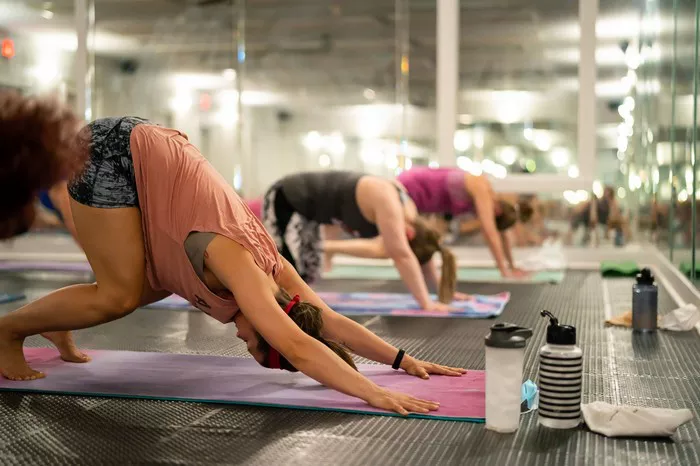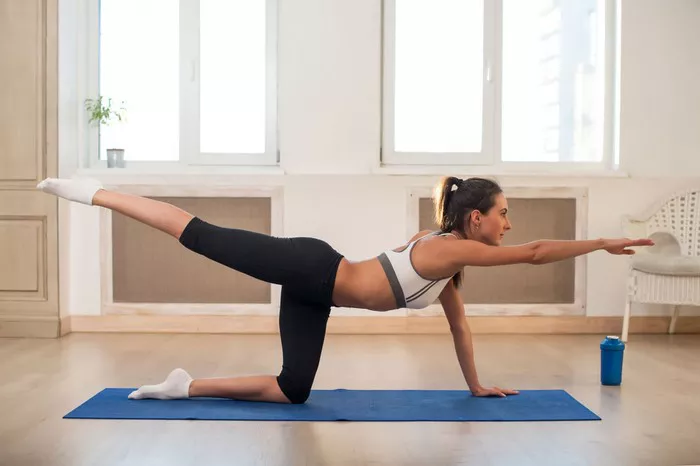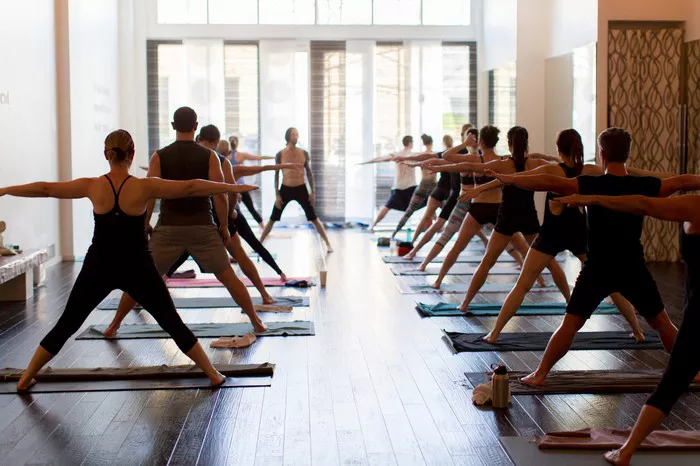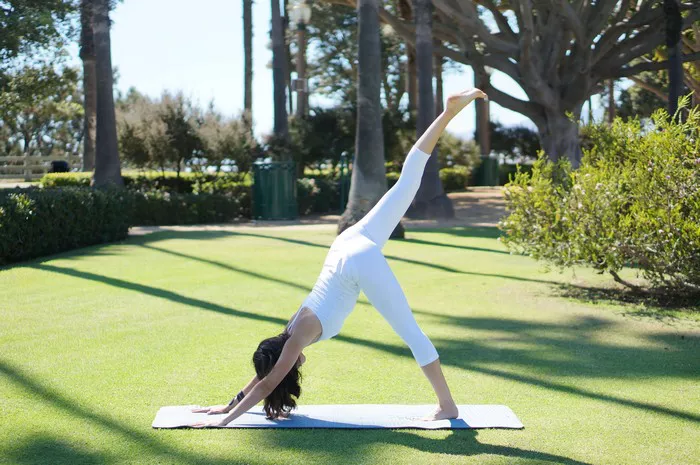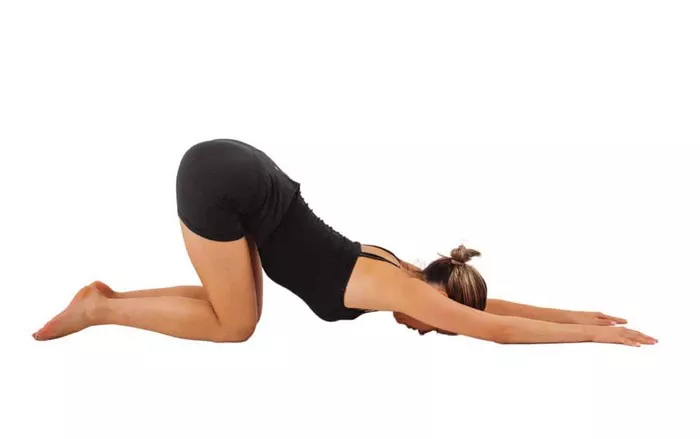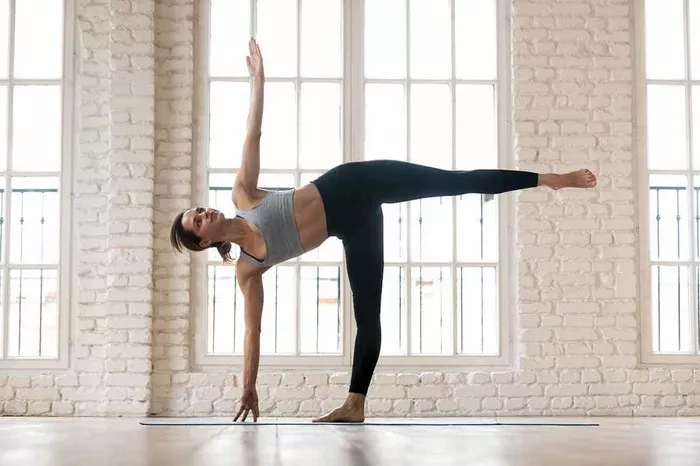The Cobra Pose, or Bhujangasana in Sanskrit, is a foundational backbend commonly practiced in yoga. It involves lying on the stomach and lifting the chest upward using the strength of the back and arms. This posture is praised for opening the chest, strengthening spinal muscles, and improving flexibility. Despite these benefits, some individuals experience discomfort or pain while performing it, leading to concerns about its safety, particularly for the lower back.
How the Spine Functions in a Backbend
To understand whether Cobra Pose is bad for the back, it’s important to grasp how the spine functions during a backbend. The spine consists of cervical, thoracic, lumbar, sacral, and coccygeal regions. Cobra Pose primarily affects the lumbar and thoracic areas. Ideally, the movement should be evenly distributed, but many people tend to overly compress the lumbar spine due to limited mobility in the thoracic spine. This uneven distribution of movement can cause strain, especially if performed with poor alignment or without warm-up.
Common Mistakes in Cobra Pose
Mistakes in form are a major reason why Cobra Pose can cause back issues. One common error is pushing too hard with the arms, which creates an artificial lift that the spine isn’t ready to support. Another mistake is letting the pelvis lift off the mat, which shortens the lumbar curve and adds unnecessary pressure to the lower back. Failing to engage the glutes and abdominal muscles also compromises spinal support and increases the risk of strain.
Situations When Cobra Pose May Be Harmful
Although Cobra Pose can be beneficial, it may not be suitable for everyone. Individuals with certain spinal conditions, such as herniated discs, spinal stenosis, or spondylolisthesis, should avoid deep backbends without professional guidance. For these individuals, Cobra Pose can exacerbate existing problems by increasing compression in sensitive areas of the spine. Pregnant individuals and those recovering from abdominal surgery should also approach this pose with caution.
Benefits of Practicing Cobra Pose Correctly
When executed with proper alignment and mindfulness, Cobra Pose can offer a range of benefits. These include improved spinal flexibility, stronger back muscles, and enhanced posture. The pose also stimulates abdominal organs and helps relieve mild stress and fatigue. Practicing Cobra Pose with a focus on gentle activation rather than forceful extension promotes safe and sustainable spinal health.
Key Benefits:
- Strengthens the spine and lower back muscles
- Opens the chest and shoulders
- Enhances lung capacity and breathing
- Stimulates abdominal organs
- Reduces fatigue and stress
How to Perform Cobra Pose Safely
To reap the benefits and avoid injury, following proper technique is essential. Start by lying flat on your stomach with legs extended and tops of the feet pressing into the mat. Place your palms under your shoulders, elbows tucked close to the body. On an inhale, gently lift the chest off the ground, using your back muscles more than your hands. Keep the pelvis grounded and avoid overextending the neck. Engage your core and glutes to support the lumbar spine.
Step-by-Step Instructions:
- Lie prone on your yoga mat with your legs extended back.
- Position your hands under your shoulders, elbows bent and close to your sides.
- Press the tops of your feet into the mat and engage your thighs.
- Inhale and slowly lift your chest, using your back muscles.
- Keep your pelvis and legs on the mat to avoid compression.
- Hold the pose for a few breaths, then exhale to release.
Modifications and Alternatives
Modifications can make Cobra Pose accessible to individuals with limited flexibility or back concerns. A low Cobra, where only the chest lifts slightly off the ground, reduces strain on the spine. Placing a folded blanket under the pelvis can provide additional support. For those who need to avoid spinal extension entirely, alternatives like Sphinx Pose or Cat-Cow stretches offer gentler ways to engage and mobilize the spine.
Suitable Modifications:
- Low Cobra: Minimal chest lift for reduced strain
- Blanket support: Under hips or pelvis to stabilize lumbar spine
- Wall Cobra: Practiced standing for spinal awareness
Alternatives:
- Sphinx Pose: Gentle spinal extension without arm strain
- Cat-Cow Stretch: Dynamic movement that supports spinal mobility
Listening to Your Body
One of the core principles of yoga is body awareness. If Cobra Pose causes pain—especially sharp or lingering pain in the back—this is a signal to stop and reassess. Discomfort is not the same as pain. While mild stretching or muscle engagement may feel intense, actual pain suggests something is wrong. Always respect your body’s limits and consult a qualified instructor or healthcare provider if unsure about continuing with the pose.
The Role of Warm-Ups and Counterposes
Engaging in adequate warm-up routines before attempting Cobra Pose can significantly reduce the risk of injury. Gentle spinal movements, such as Child’s Pose, Cat-Cow, and pelvic tilts, prepare the back muscles for deeper engagement. Similarly, incorporating counterposes like Forward Fold or Child’s Pose after Cobra helps to neutralize the spine and maintain balance. Neglecting these preparatory and follow-up poses can contribute to muscle strain or spinal compression.
Recommended Warm-Ups:
- Cat-Cow Stretch
- Pelvic Tilts
- Gentle Supine Twists
- Arm Circles
Effective Counterposes:
- Child’s Pose
- Downward Facing Dog
- Seated Forward Fold
Expert Opinions and Medical Perspectives
Many physiotherapists and yoga therapists agree that Cobra Pose is generally safe when performed correctly but can be harmful if done recklessly. According to medical experts, the key is individualized practice. Spinal anatomy varies greatly between people, so a pose that benefits one person might cause discomfort for another. Medical literature supports the cautious use of backbends in physical therapy for lumbar strengthening, provided they are tailored to the individual’s needs.
Conclusion
Cobra Pose is not inherently bad for the back. On the contrary, it can be a powerful tool for enhancing spinal strength, flexibility, and posture when practiced with proper technique and mindfulness. Problems arise primarily from poor form, lack of warm-up, or attempting the pose despite underlying medical conditions. As with any physical activity, listening to your body and seeking professional guidance when needed are crucial steps toward a safe and beneficial practice.
By understanding the mechanics, being aware of contraindications, and using modifications when necessary, practitioners can safely include Cobra Pose in their yoga routine. It’s not the pose itself that’s dangerous, but how it’s approached. A mindful, informed, and individualized practice makes all the difference in reaping the benefits while avoiding harm.
Related Topics:

